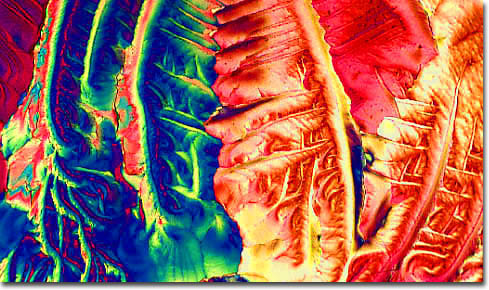|
Pearls have been valued as a sign of wealth and status for thousands of years. In ancient Rome, women wore pearls to bed so that they would be reminded of their affluence immediately upon wakening, and in seventeenth century Britain, a law was passed that made personal adornment with pearls an exclusive privilege of those with royal blood. Though smooth and beautiful, pearls are actually an abnormal growth that develops when a grain of sand or other foreign object becomes lodged in the soft inner tissues of an oyster or other mollusk. The irritation caused by the object stimulates the emission of a substance called nacre, or mother-of-pearl, by the mollusk’s shell-secreting cells. Over time, the layers of nacre build up, resulting in a round, lustrous pearl. Due to the rarity of pearls in nature, most pearls sold commercially in modern times are cultured pearls, which develop from the controlled implantation of tiny beads of nacre inside young oysters.
|
